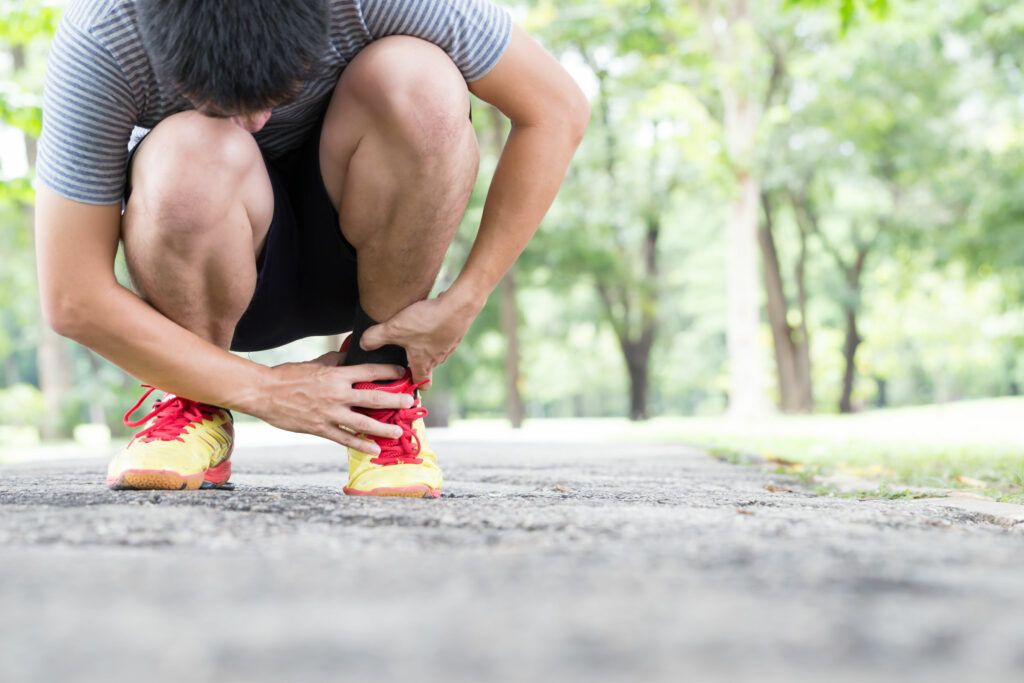Health Articles
Knowledge
Bone and Joint that need to take care early.

Bone and Joint that need to take care early.
The degeneration of bone and join tissue can start as early as 30 years of age but it can take longer than that for us to feel the effect. We will identify it as a medical condition when the symptoms have show it effects when the process of repair is slower than the process degeneration. The early symptoms of bone and join tissue degeneration is the joint has become restricted in its movement in one way or another. The extend of the restriction can be small or large as long as it is not as capable as before. In the latter stages, there can be sensation of pain or swollen of the bone joint. The bone mass can also be slowly reduced which does not show any signs except when there is a fractured or become more brittle in old age.
The symptoms of bone pain and joint pain can be cause by chronic muscle tension that has be accumulated over time. Which usually stem from stress or improper muscle movement. This condition is common among office work and related to office syndrome.
The cause of bone and joint pain
For degenerative bone issue, insufficient calcium required by the body for proper bone regeneration and growth can have an impact over time. Other factors such as intake of acidic substances such as soda, tea, coffee, smoking and consumption of high sodium meat can have impact on bone issue as well. On the other hand, for joint, is the intensive usage of joint and injury from sports that uses a lot of joint movement. Other factors that can be prevented is genetic.
The symptoms of bone and joint pain
The symptoms of degenerative bone and joint can be easily observed by their daily movement. When the body is in the same posture for a period of time, the change in posture need to be slow in adjusting. In severe case, there will be pain involve with bone and joint movement as well. Medical term called this stiffness which is caused by degeneration of joint fluid. The degeneration of the bone does not show signs and needed to be check on by doctor only.
factors that can be prevented is genetic.
Bone and joint pain care and prevention
Exercises such as slow and light jogging, yoga and light aerobic exercise can help strengthen joint and bone. Consume adequate amount of food and drink that contain calcium daily can help to increase bone density as well as its regenerative capability.
Bone and joint pain treatment
Patients with this medical condition should come and see the doctor as soon as you feel that your ability to move is affected. The doctor will help you to correct physical movement if necessary or ask you to perform certain exercise to help improve muscle tissue supporting the joint and bone in certain affected area. In severe cases, physical therapy is needed in conjunction with oral medication and/or direct injection treatment to the join itself. In extreme cases, surgery for joint replace can be recommended to improve quality of life.
More Informations :














